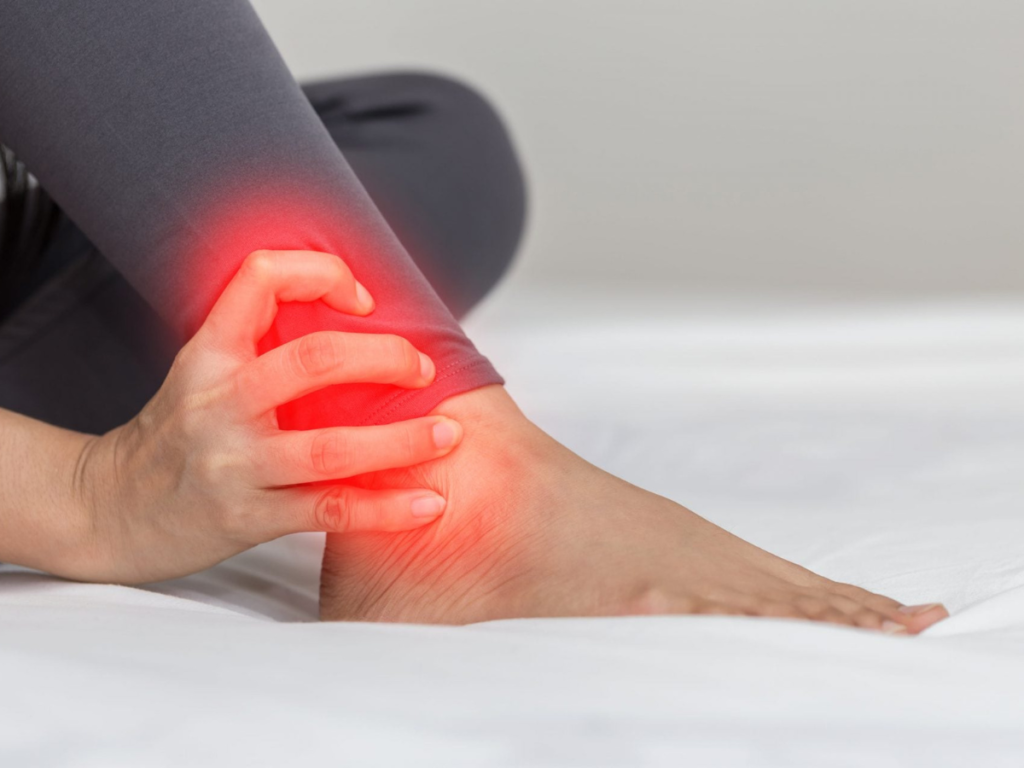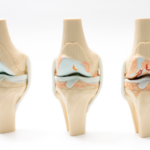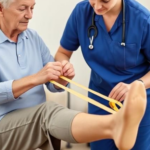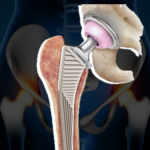
Foot and ankle injuries are prevalent among people of all ages and can result from various activities or accidents. Prompt diagnosis and appropriate treatment are crucial to ensure optimal recovery and prevent long-term complications. This article explores some common foot and ankle injuries, their diagnostic methods, and the best treatment approaches available.
Common Foot and Ankle Injuries
- Ankle Sprains:
- Cause: Ankle sprains occur when the ligaments that support the ankle stretch or tear, usually due to sudden twisting or rolling of the ankle.
- Symptoms: Pain, swelling, bruising, and difficulty bearing weight on the affected ankle.
- Diagnosis: Clinical examination, including physical tests to assess stability, and sometimes imaging tests like X-rays or MRI to rule out fractures.
- Treatment: RICE (Rest, Ice, Compression, Elevation), pain management, immobilization with a brace or splint, physical therapy to regain strength and range of motion.
- Achilles Tendonitis:
- Cause: Inflammation of the Achilles tendon, typically from overuse, improper footwear, or sudden increase in activity.
- Symptoms: Pain and stiffness along the back of the heel and lower leg, especially after physical activity.
- Diagnosis: Physical examination, sometimes supplemented with imaging tests like ultrasound or MRI to assess the extent of tendon damage.
- Treatment: Rest, ice application, nonsteroidal anti-inflammatory drugs (NSAIDs), physical therapy to stretch and strengthen the tendon, heel lifts or orthotics to relieve strain.
- Plantar Fasciitis:
- Cause: Inflammation of the plantar fascia, a thick band of tissue that runs along the bottom of the foot, often due to repetitive strain or improper foot mechanics.
- Symptoms: Heel pain, especially with the first steps in the morning or after prolonged sitting.
- Diagnosis: Clinical examination focusing on pain localization and tenderness, sometimes supported by imaging studies like X-rays or MRI.
- Treatment: Stretching exercises, orthotic devices or shoe inserts for better foot support, night splints to stretch the plantar fascia, physical therapy, corticosteroid injections in severe cases.
- Stress Fractures:
- Cause: Tiny cracks in the bone caused by repetitive stress or overuse, common in athletes or individuals engaging in high-impact activities.
- Symptoms: Pain, swelling, and tenderness at the site of the fracture, often worsened with activity and relieved with rest.
- Diagnosis: X-rays may not initially show stress fractures; MRI or bone scan is more sensitive for detecting them.
- Treatment: Rest, immobilization with a walking boot or crutches, gradual return to activity, addressing underlying biomechanical issues, calcium and vitamin D supplementation.
- Bunions:
- Cause: A bony bump that forms at the base of the big toe, often due to genetic predisposition, wearing tight shoes, or arthritis.
- Symptoms: Visible bump on the side of the foot, pain, swelling, and redness around the joint, difficulty wearing shoes.
- Diagnosis: Clinical examination by a healthcare provider; X-rays may be used to assess the extent of joint involvement.
- Treatment: Wider shoes or padding to alleviate pressure, orthotic devices to redistribute pressure, bunion splints or cushions, pain relief medication, surgery for severe cases.
Best Treatment Methods
- Conservative Approaches:
- Rest and Protection: Avoiding activities that exacerbate symptoms, using braces or splints.
- Ice and Elevation: Applying ice to reduce swelling and elevating the affected foot above heart level.
- Physical Therapy: Exercises to strengthen muscles, improve flexibility, and promote healing.
- Medications:
- Pain Relief: Nonsteroidal anti-inflammatory drugs (NSAIDs) to alleviate pain and reduce inflammation.
- Corticosteroid Injections: Used for conditions like Achilles tendonitis or plantar fasciitis to reduce inflammation and pain.
- Orthotic Devices and Footwear:
- Orthotics: Customized shoe inserts to correct foot alignment and relieve pressure on affected areas.
- Appropriate Footwear: Supportive shoes that fit well and provide adequate cushioning and stability.
- Surgical Interventions:
- Arthroscopic Surgery: Minimally invasive procedures to repair or remove damaged tissues, such as in ankle injuries or Achilles tendonitis.
- Osteotomy: Surgical realignment of bones to correct structural deformities like bunions.
- Joint Replacement: For severe arthritis or joint damage that does not respond to conservative treatments.
Summary
Effective management of foot and ankle injuries requires a comprehensive approach that addresses both symptoms and underlying causes. Early diagnosis, followed by appropriate treatment tailored to the specific injury, plays a critical role in achieving optimal recovery and preventing recurrence. If you experience persistent foot or ankle pain or suspect an injury, consulting with a healthcare professional, such as those at Helios Orthojoint in Pimple Saudagar, Pune, ensures timely intervention and personalized care for your condition.




